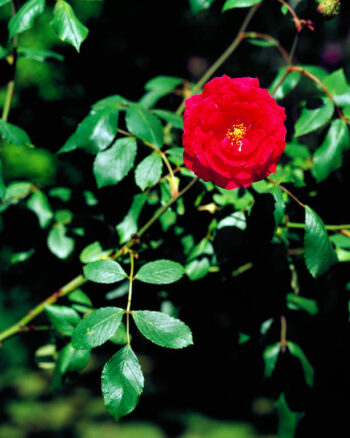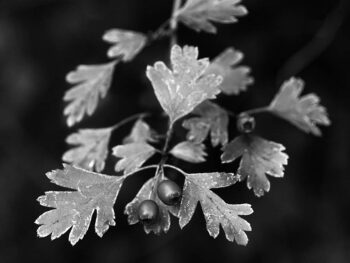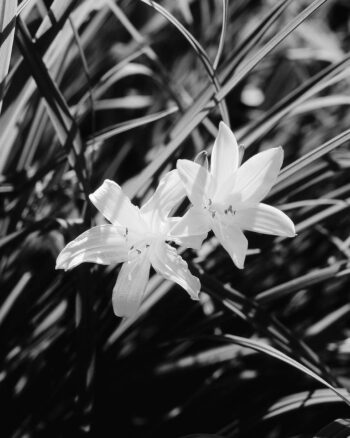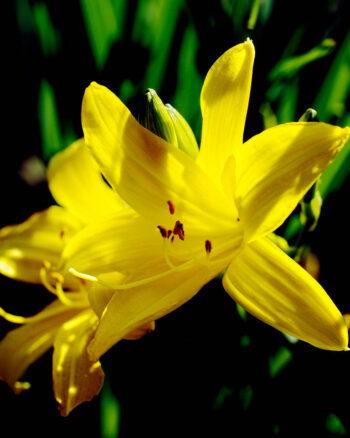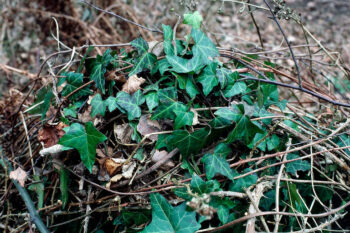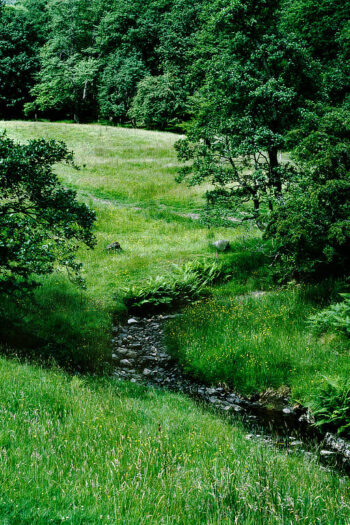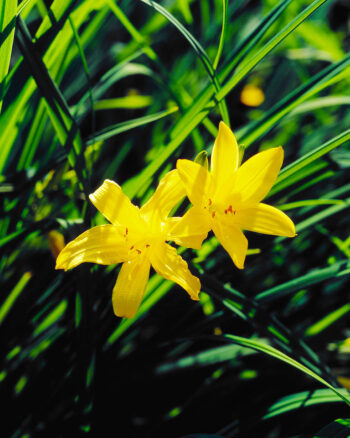Colour photo print showing leaves and berries of Common Hawthorn.
Crataegus monogyna, commonly known as the Common Hawthorn or single-seeded Hawthorn, is a deciduous shrub or small tree belonging to the Rosaceae family. It is native to Europe, Northwest Africa, and Western Asia, and it is widely distributed across temperate regions around the world.
Key characteristics and information about this species include:
Common Hawthorn typically grows as a dense, thorny shrub or small tree, reaching heights of up to 5-15 meters (16-49 feet). It features a rounded crown with spreading branches. The bark is greyish-brown and becomes fissured with age. The leaves are small, lobed, and dark green, turning yellow-orange to red in autumn, adding to its ornamental appeal.
In spring, Common Hawthorn produces clusters of small, white flowers with five petals. These fragrant blossoms attract pollinators like bees and butterflies. The flowers are followed by small, red to dark purple fruits, known as haws, which ripen in late summer to autumn. The haws are edible and are sometimes used in jams, jellies, and herbal teas.
Ecological Importance. Common Hawthorn provides important habitat and food sources for wildlife. Birds are particularly fond of the haws, which serve as a winter food source when other fruits are scarce. The dense thicket-like growth habit also provides shelter and nesting sites for birds and small mammals.
Cultural and Folklore Significance. Hawthorn has a long history of cultural and folklore significance. In European folklore, it is often associated with fairies, protection against evil spirits, and fertility. It has been used in traditional medicine for various ailments, including cardiovascular conditions, although it should be used with caution due to its potential cardiac effects.
Common Hawthorn is commonly used in hedgerows, windbreaks, and wildlife gardens due to its dense growth habit, thorny branches, and wildlife-attracting features. It is also planted for erosion control and soil stabilisation in restoration projects. Additionally, it can be grown as a specimen tree in parks and larger landscapes.
Common Hawthorn is adaptable to a wide range of soil types, including clay, loam, and sandy soils, as long as they are well-drained. It tolerates both full sun and partial shade and is relatively drought-tolerant once established.
Overall, Crataegus monogyna, the Common Hawthorn, is valued for its ornamental beauty, wildlife habitat benefits, and cultural significance, making it a beloved addition to gardens, landscapes, and natural habitats worldwide.
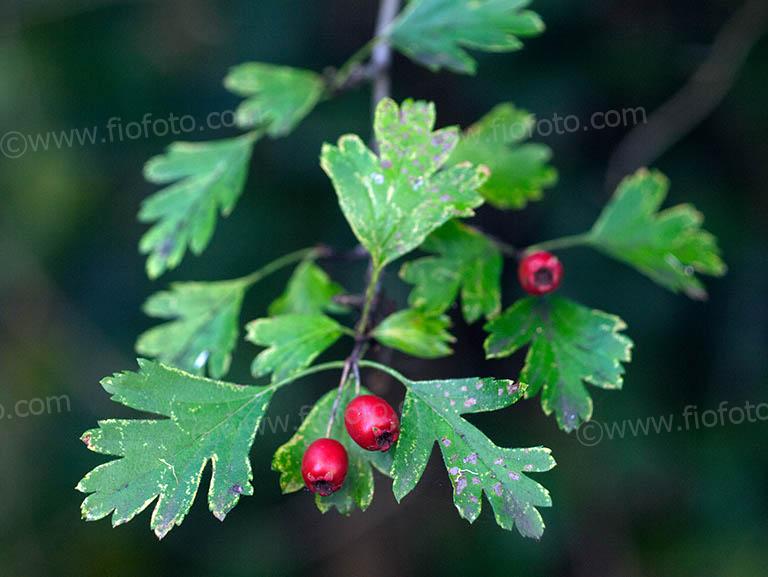
 Custom sizes: Custom size prints may also be available, contact us for availability quoting the image reference number.
Custom sizes: Custom size prints may also be available, contact us for availability quoting the image reference number.
